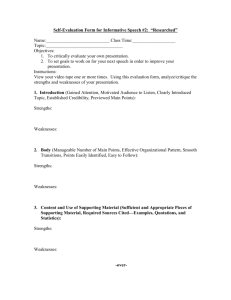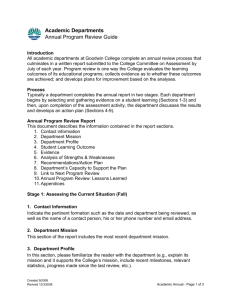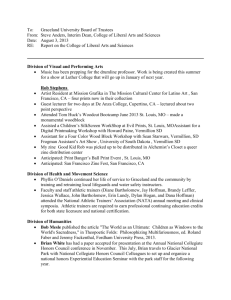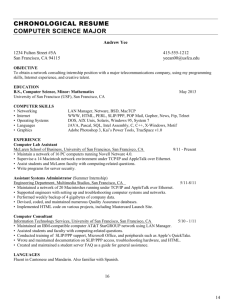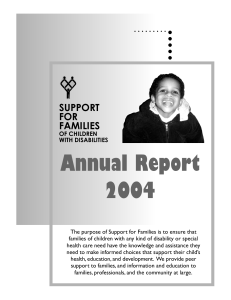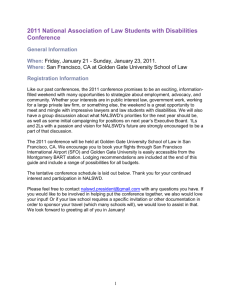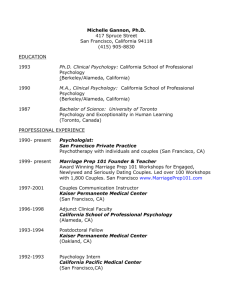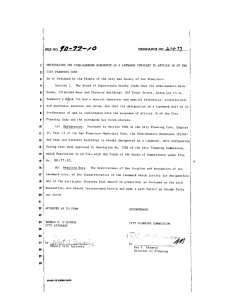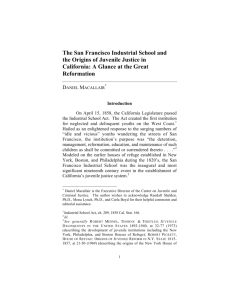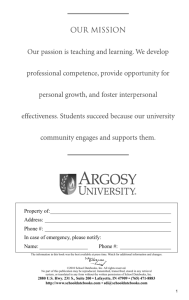Psychology “Understanding the Learning Process” Course Syllabus
advertisement
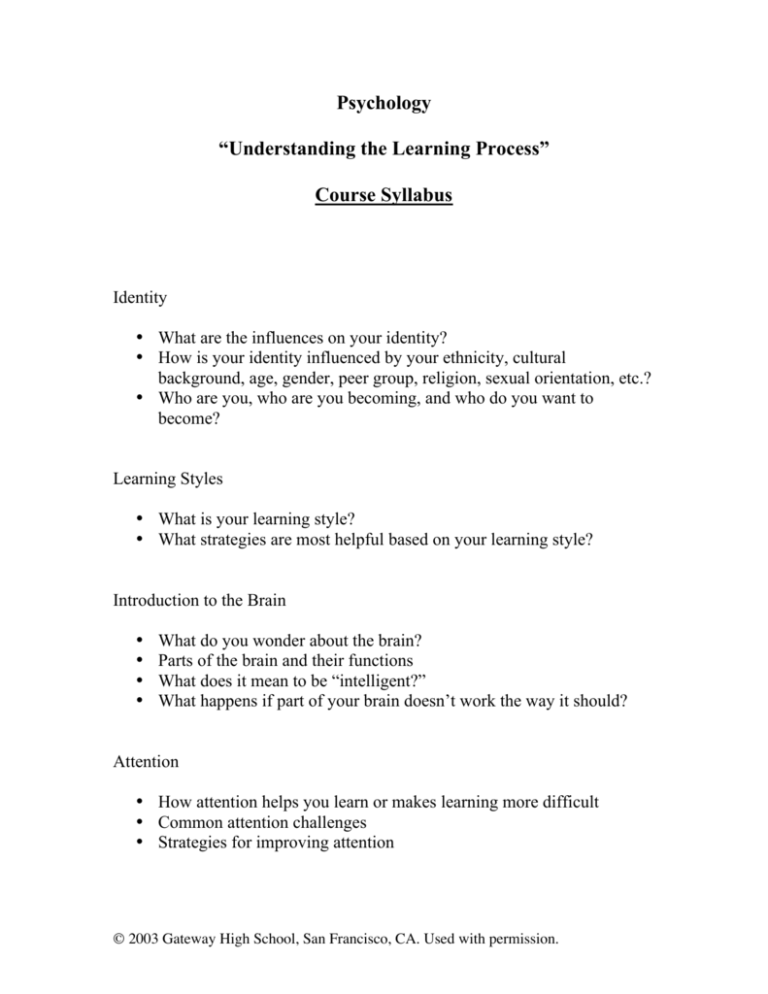
Psychology “Understanding the Learning Process” Course Syllabus Identity • What are the influences on your identity? • How is your identity influenced by your ethnicity, cultural background, age, gender, peer group, religion, sexual orientation, etc.? • Who are you, who are you becoming, and who do you want to become? Learning Styles • What is your learning style? • What strategies are most helpful based on your learning style? Introduction to the Brain • • • • What do you wonder about the brain? Parts of the brain and their functions What does it mean to be “intelligent?” What happens if part of your brain doesn’t work the way it should? Attention • How attention helps you learn or makes learning more difficult • Common attention challenges • Strategies for improving attention 2003 Gateway High School, San Francisco, CA. Used with permission. Memory • Understanding how memory works • Different kinds of memory • Strategies to help memory work more efficiently Language • Components of language (reading, writing, listening, speaking, understanding) • Assessing one’s strengths and weaknesses in language • Strategies for improving language skills Social Cognition • • • • • What are effective social skills? What makes someone popular? What makes someone a good friend? The role of peer pressure Strategies for succeeding in social situations Learning Disabilities • What are learning disabilities? • How do learning disabilities affect one’s life in and outside school? Putting It All Together • Personal Plan of Progress 2003 Gateway High School, San Francisco, CA. Used with permission. Psychology “Understanding the Learning Process” Course Objectives Course Instructors: Ashley Hager Joyce McMinn 1. To encourage students to think about learning 2. To introduce students to the different components of the learning process (e.g., attention, memory, language, and social cognition) 3. To help students identify their personal strengths and weaknesses 4. To introduce ways student scan maximize their strengths and compensate for their weaknesses. 5. To sensitize students to issues underlying their own behavior and that of their peers. 6. To encourage students to recognize, tolerate, respect and celebrate individual difference in learning and behavior 7. To educate students about various types of learners (e.g., auditory, visual, kinesthetic) 8. To cultivate students’ feelings of confidence in their ability to learn and accomplish their goals 2003 Gateway High School, San Francisco, CA. Used with permission.



